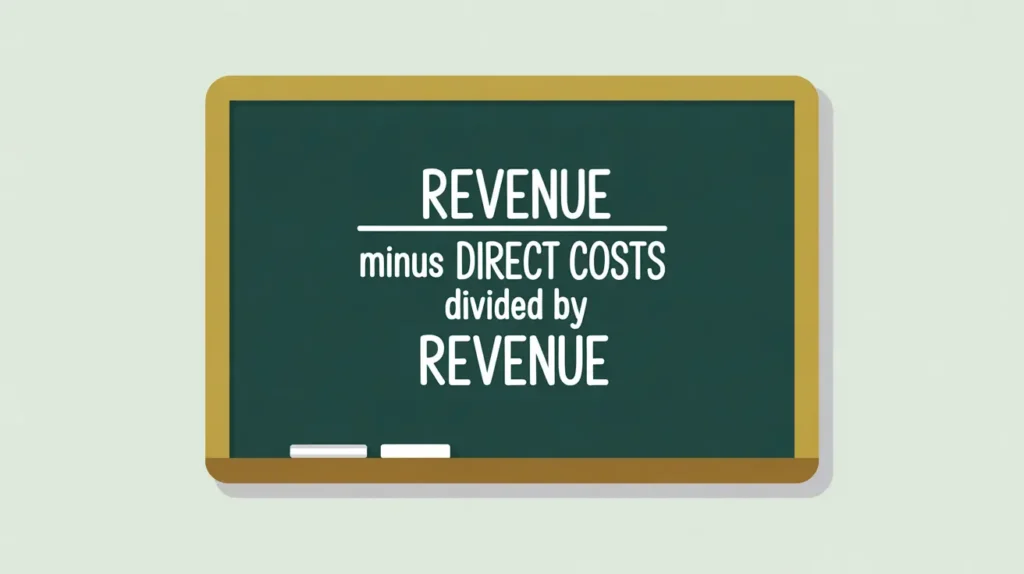Importance of Membership Dues
Membership dues represent a unique form of nonprofit revenue that blends financial support with community building. Unlike contributions, which are primarily philanthropic, membership dues are tied to a relationship between the member and the organization, often conferring access, benefits, or participation rights. For nonprofits operating in social innovation and international development, membership structures can strengthen networks, foster accountability, and create recurring revenue streams. They provide organizations with more predictable funding than one-time gifts while reinforcing engagement among stakeholders who feel ownership in the mission. In an era where trust, transparency, and sustained engagement are critical, membership dues offer both a financial and relational advantage.
Definition and Features
Membership dues are fees paid by individuals, institutions, or organizations in exchange for membership in a nonprofit. They can be annual, monthly, or one-time payments and may come with benefits such as voting rights, access to information, discounted services, or participation in exclusive events. Unlike unrestricted contributions, dues are classified as exchange transactions if the member receives commensurate value in return. If benefits are minimal and symbolic, dues may be treated as contributions. Accounting standards require nonprofits to carefully assess whether dues are earned revenue or contribution revenue, as this distinction affects how income is recognized in the Statement of Activities. Membership dues are not equivalent to program service revenue, which is tied to specific deliverables, but rather reflect a hybrid of financial support and relationship-building.
How this Works in Practice
In practice, membership dues are used to fund core operations, support advocacy efforts, and sustain networks. Many professional associations, trade groups, and international development coalitions rely heavily on dues to underwrite administrative functions and convenings. For nonprofits serving grassroots communities, dues may be intentionally modest to encourage broad participation, while larger institutions may charge higher rates for professional memberships. Technology platforms now make it easier to manage dues through online subscriptions and auto-renewals, creating steadier cash flow. Development teams often integrate membership campaigns with donor cultivation strategies, as dues-paying members can evolve into long-term donors, volunteers, or advocates. Dues revenue is also valuable for its predictability, helping nonprofits smooth cash flow and plan budgets with greater confidence.
Implications for Social Innovation
In social innovation and international development, membership dues can signal legitimacy, scale, and accountability. Coalitions supported by dues demonstrate collective ownership of agendas, reducing dependence on a single funder. Professional associations build knowledge-sharing communities while sustaining themselves financially. For grassroots organizations, even small dues foster agency among members, reinforcing a sense of shared investment in the mission. Membership systems also help reduce information asymmetry by creating two-way accountability: members contribute financially and expect transparency and results, while the organization gains insight from its base. In a sector often dependent on restricted funding, membership dues stand out as a flexible and relationally grounded revenue source that strengthens both sustainability and stakeholder engagement.







